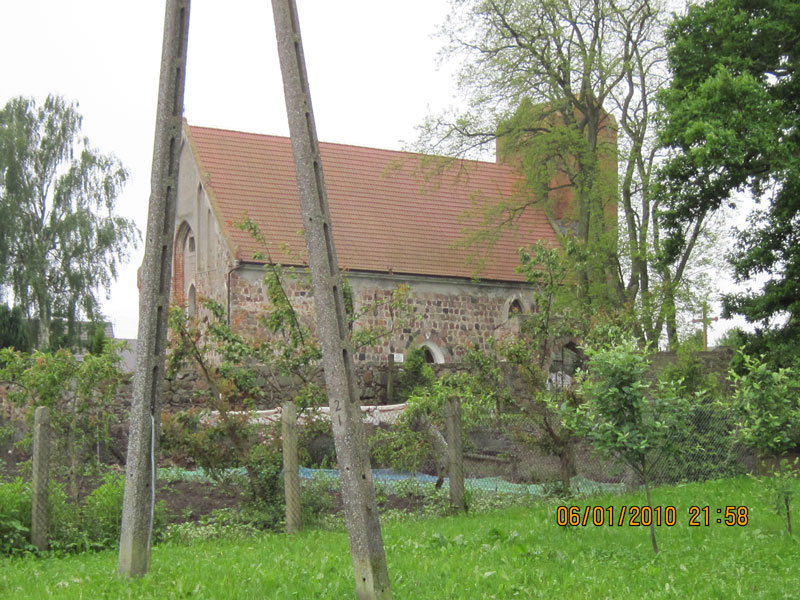
Woltersdorf (Sobieradz), Kreis Griefenhagen, Pommern
Woltersdorf (Sobieradz) is a village that was formerly a manorial farm. Here are details of the Gottfried Remus family that lived there:
1. GOTTFRIED1 REMUS was born Bef. 1830 in Woltersdorf, Kreis Greifenhagen, Pommern, and died 1889 in Woltersdorf, Kreis Greifenhagen, Pommern. He married LOUISE PLATH 1855. She was born Jun 1830 in Prussian Poland, and died 1908 in US.
Children of GOTTFRIED REMUS and LOUISE PLATH are:
i. E
RNESTINE2 REMUS, b. 13 May 1866, Woltersdorf, Greifenhagen (see note for children); d. 19 May 1906; m. GOTTFRIED DUCHOW, 1887, WI; b. 1862, Pommern.ii. A
UGUSTE REMUS, b. Dec 1870, Germany; d. 1908.iii. F
RIEDRICH REMUS, b. Aft. 1871.iv. W
ILHELMINE REMUS, b. Aft. 1872.v. W
ILLIAM FRIEDRICH GOTTFRIED REMUS, b. 28 Jan 1873, Woltersdorf, Kreis Greifenhagen, Pommern; d. 01 Jul 1949, Sheboygan, WI; m. MARIA MENZ, 29 Oct 1898, Sheboygan, WI; b. Apr 1877, Germany; d. 25 Nov 1945.The Dukes of Pommern created this estate in 1242 for the Cistercian Monks (see below). When Pommern was converted to Lutheranism in 1534, this became a royal village with a manorial farm.
It had 15th century church which was initially Catholic, became Lutheran after 1534, and returned to being a Catholic church following the Second World War. The structure of the building is classic Pommern style.

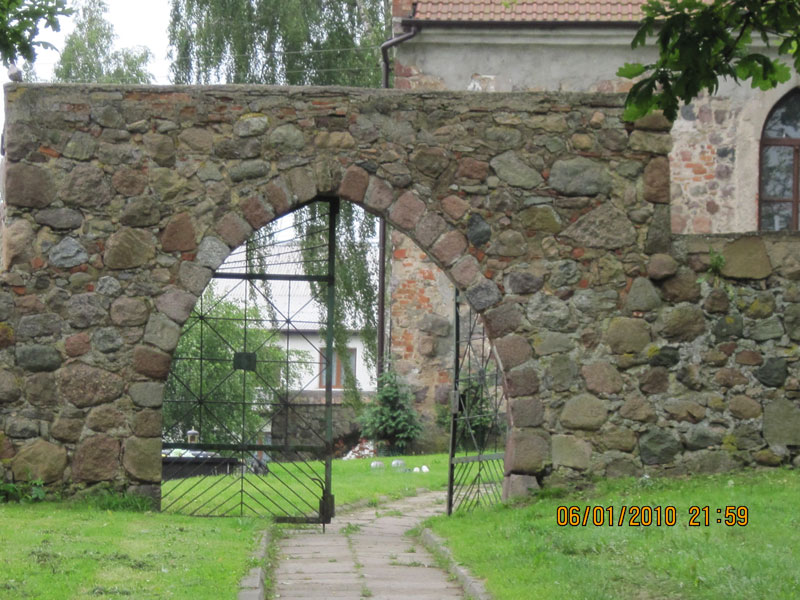
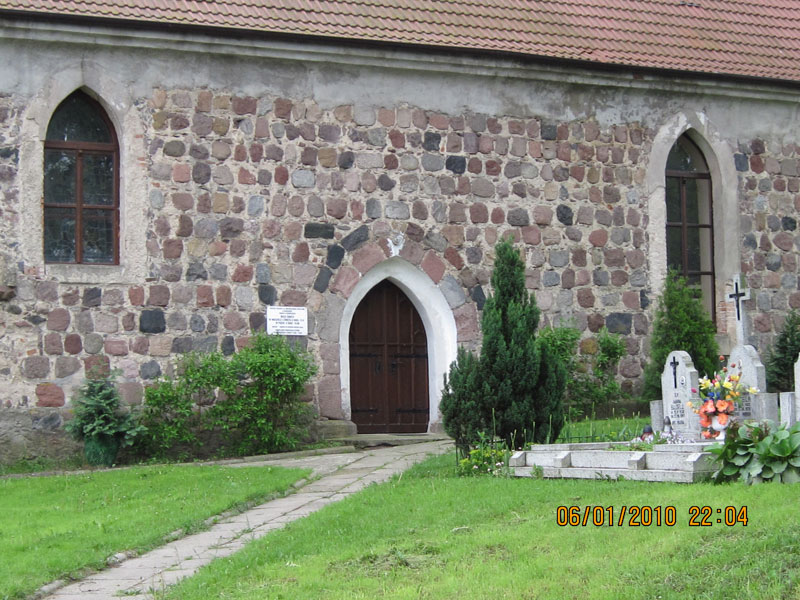
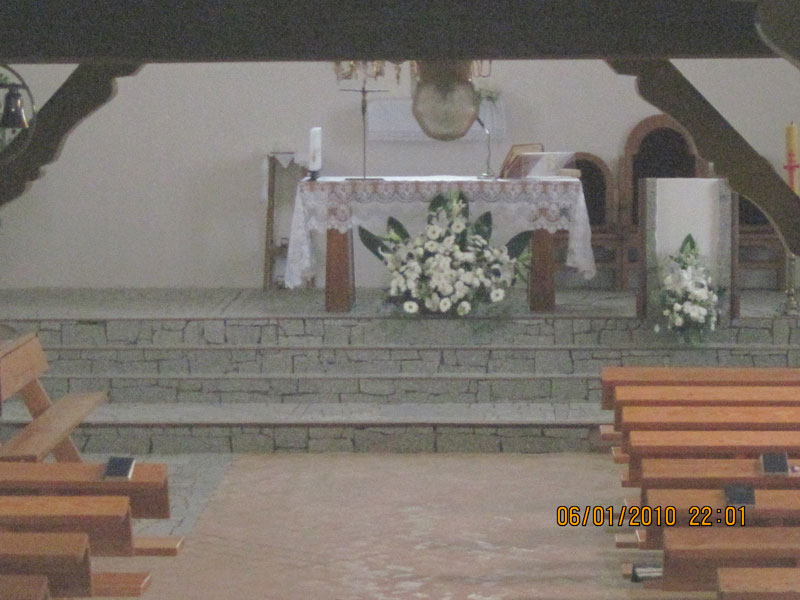
Here are pictures of the village and the barns from the old manorial estate:
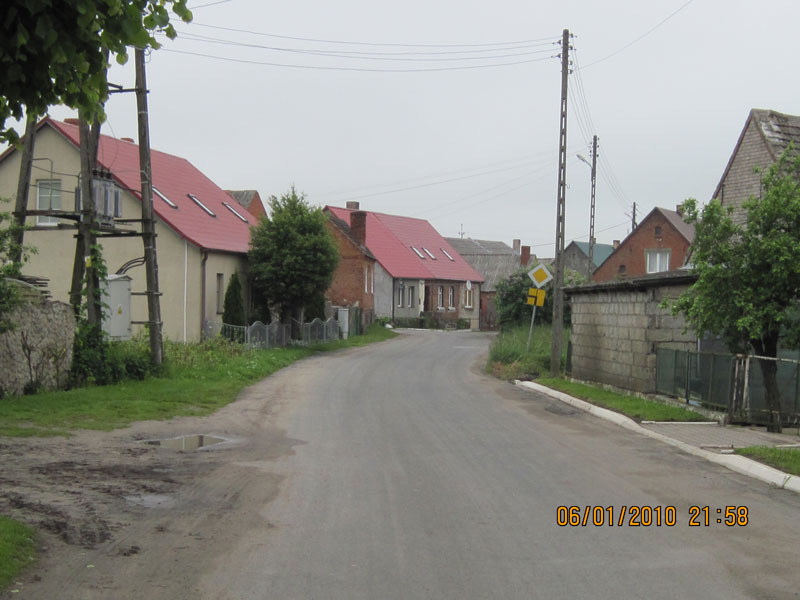
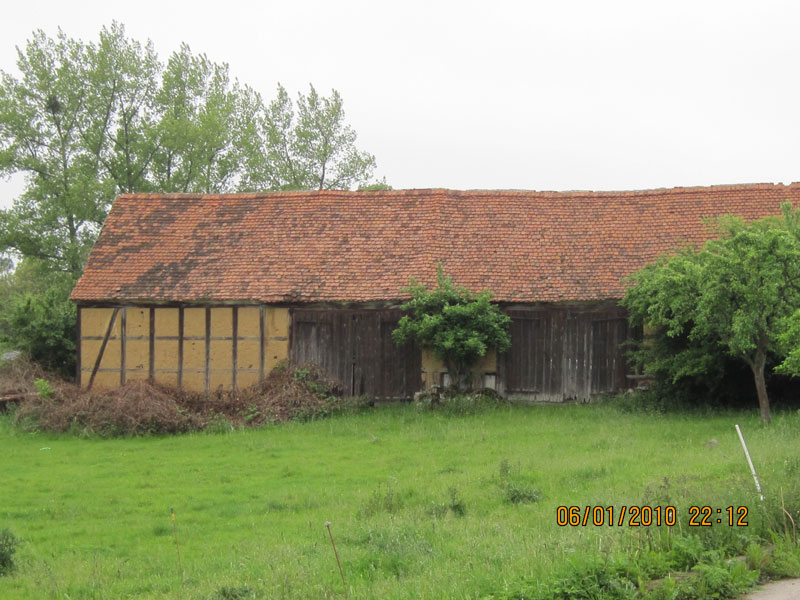
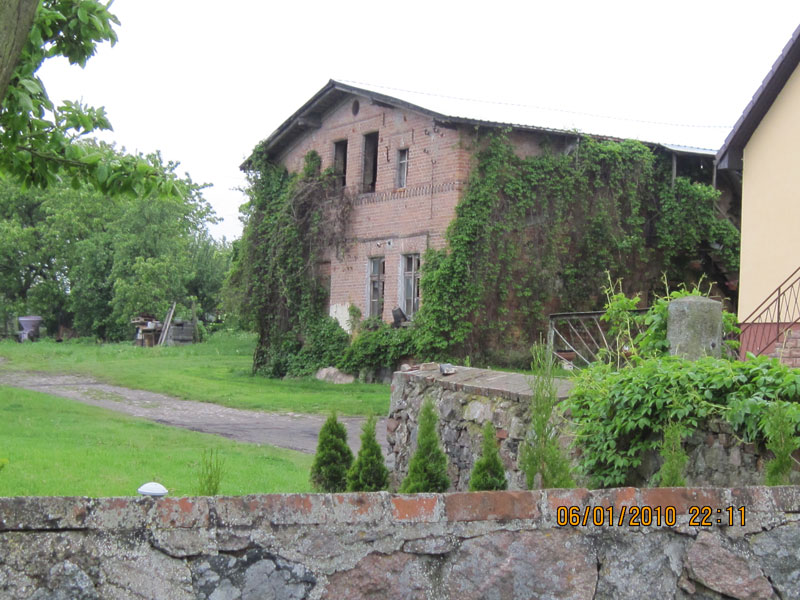
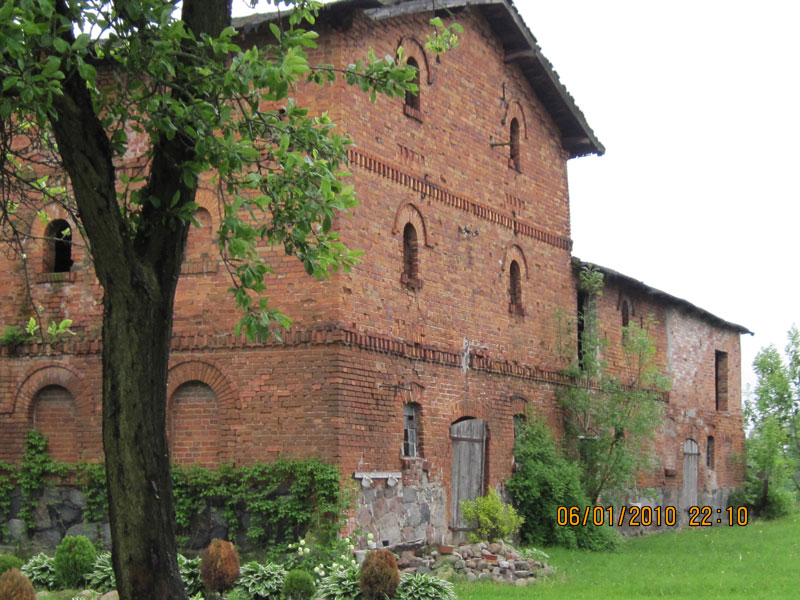
The Dukes of Pommern created such estates in the 13th century. Some estates remained the property of the Dukes (royal villages), some were granted to the nobility (largely German and Slavic Knights) that supported the Duke (noble villages), and some were granted to the church. The church held villages might contain a monastery or might be a manorial farm controlled by a church official like a bishop whose management was contracted out.
In the 15th century, the village owners throughout Kreis Pyritz and Kreis Griefenhagen seemed to compete with each other in building beautiful Pommern style churches for their manorial farms. They largely controlled the church, its records and the clergy for the church. Around 1820, the Prussian government required the churches to keep duplicate church books and provide them to the Prussian government. These are the church books they Mormons have microfilmed. In the late 1870ís civil records were also required and many are also available from the Mormons.
Click here to go to other villages.
Please send any queries to Bill Remus at
September 11, 2010